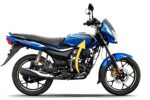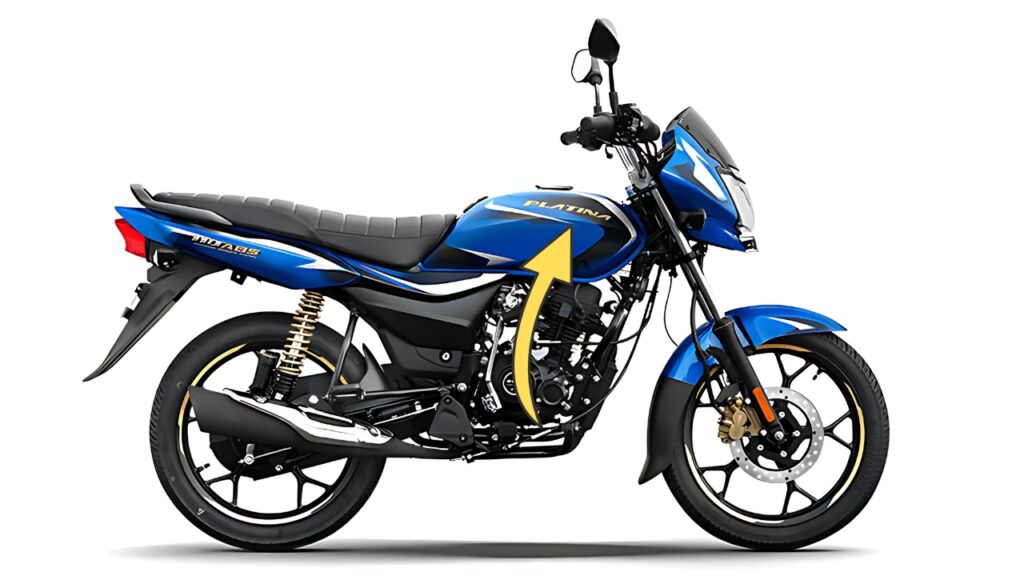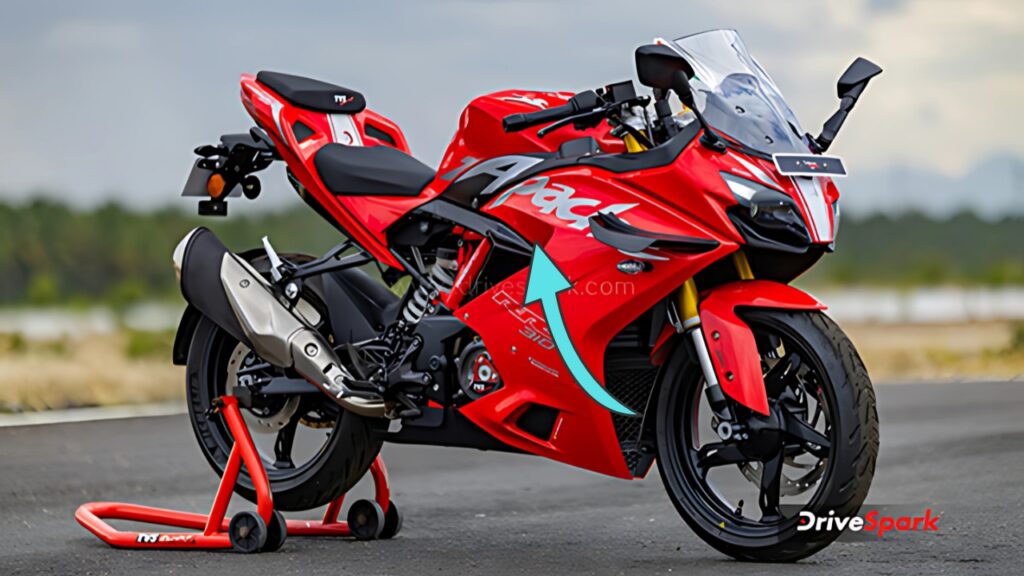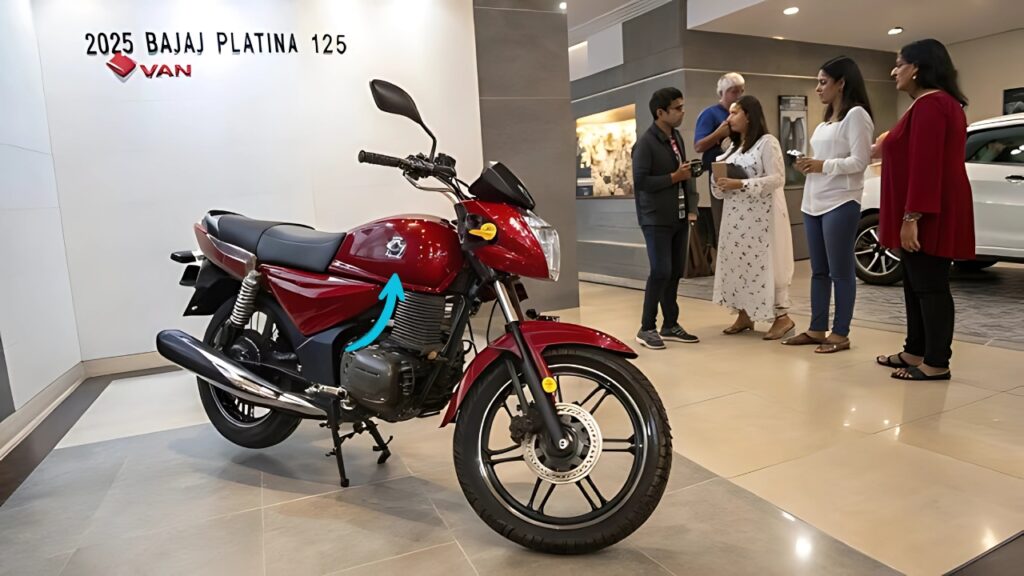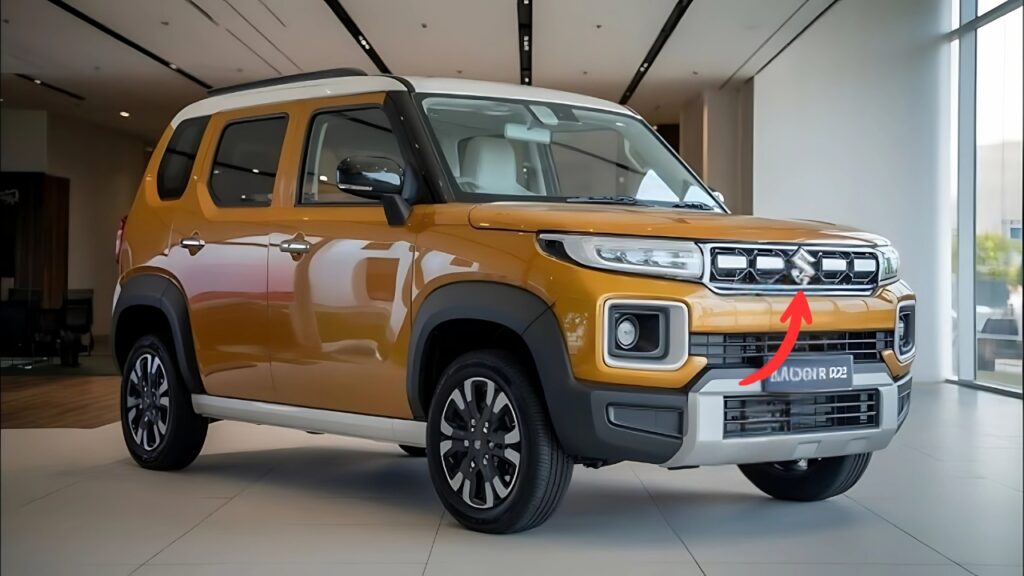Tata Harrier : Updated Harrier finishes at the top of the table in Tata Motor’s strongest fight against the competition in India’s highly competitive SUV segment UIPickerView India’s leading namesake automaker – the Tata Motors has surged forward with the launch of the heavily revamped Harrier.
This substantial product upgrade in the middle of the model life-cycle is designed to further increase the popularity of the robust and good-looking SUV, with refinements to the current model’s operation, design, safety and technological features.
The facelifted Harrier will help the carmaker gain a stronger footing in the premium SUV segment of India and take its rivals head-on with a combination of good looks, feature-packed cabin and aggressive pricing.
Table of Contents
Tata Harrier Evolution Outside: Dominating Road Presence
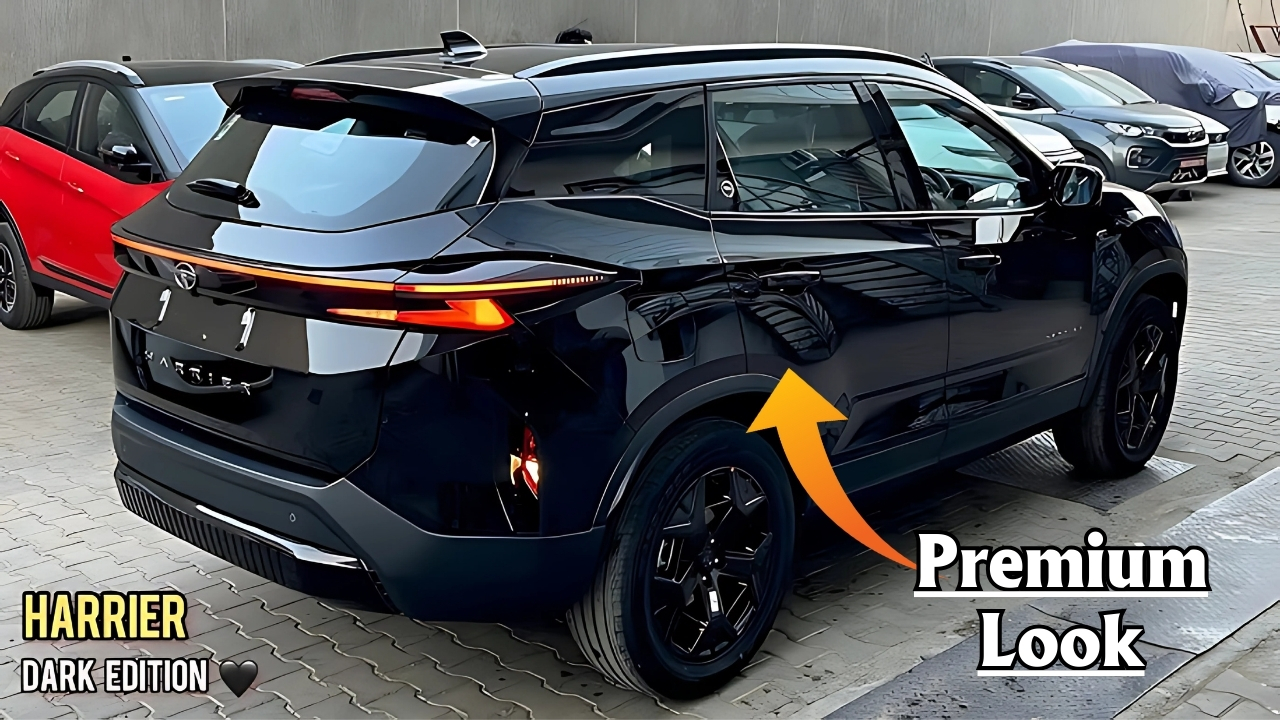
The updated Harrier does not waste a minute and goes all uppity with a significantly redone front-end.
The signature slim LED DRLs now feature sequential turn indicators, and they join an illuminated light bar that runs right across the car, a feature typically only found on high-end European brands.
Beneath this bold light signature is a reimagined grille with a more intricate texture, including geometric parametric pattern (GPP) designs derived from the grille on the new K5, with dark chrome elements that contribute to a more upscale design than the relatively staid horizontal slats of the old car.
“We have continued to evolve the imposing stance, synonymous with the Harrier” and are taking forward the legacy of the brand with an enhanced sophistication and premiumness, added Pratap Bose, Global Design Head of Tata Motors.
“The lighting units in particular gives the car a totally new optical statement after the sun has gone down – and an unmistakably recognisable ‘signature’ from a great distance at night-time.”
Profile-wise, the new Rogue retains much of the current one’s design, as uncanny roof pillars seem to float above via the “wrap-around” look, as do its aggressive character lines, though new optional 19-inch dual-tone machined wheels look better than the outgoing 18-inch levels on upper grades.
These big wheels are better able to fill the arches but do so in a proportional manner.
At the back, joined LED taillights are inspired by the front light bar motif and lend the car visual continuity, as well as a more premium appearance.
New rear bumper with classier silver accents and concealed exhaust vents for a cleaner look.
On the outside, the color palette is extended with Cosmos Blue, a complicated shade of blue that has subtle metallic flakes and changes from navy to royal blue under different lighting conditions.
This adds to the existing choices of Calypso Red, Oberon Black, and Lunar White, and dual-tone roof options are offered for all paint options in the higher specifications.
CTata Harrier abin Changes: Top Shelf Material and Workmanship
Inside is where the most significant changes have been made. The new dashboard takes horizontal orienta-tion and layered look, giving visual sophistication.
Material feel gets a major upgrade, with real oak wood accents, brushed aluminum trim and soft-touch stuff stretching to the vast majority of touchpoints.
Ambient lighting lets you choose between 64 colors of light for the footwells, doors, and the inlaid trim in the dashboard for a premium look and feel at night.
People-seating is also a priority, with new available ventilated front seats with 12-way power adjustment for the driver (with four-way lumbar support) and extendable thigh support cushions.
The seats are wrapped in either Frost Beige or Deep Garnet (pictured) premium quilted leather (perforated in the middle for a nicer and more breathable look).
The rear passengers will now enjoy redesigned cushioning for the seats, a more legroom (courtesy of new-shaped front seatbacks) and a broader fold-down armrest with built-in cupholders and storage.
“The focus of the upgrade for this update has been the interior cabin space which comes with the biggest change,” said Vivek Srivatsa, Head of Marketing for Tata Passenger Vehicles.
“We benchmarked materials, assembly quality and tactile feedback versus vehicles costing several thousand euro more to deliver a true premium cabin experience.”
Noise isolation is greatly enhanced with supplementary sound deadening material in the firewall, floors, and wheel arches, as well as acoustic glass for the windshield and front side windows.
Those enhancements resulted in 3-4 db fewer decibels of interior noise when cruising on the highway, a much ”shushier” place for conversation and music now.
Tata Harrier Technology Integration: Networked and Instinctive
The technological nucleus of the new Harrier is an entirely new infotainment system centered around a 12.3-inch touchscreen that takes pride of place in the center of the dashboard.
This high-def screen comes with wireless Apple CarPlay and Android Auto, plus built-in navigation with real-time traffic and a customizable user interface featuring tile-based app organization.
It not only reacts to touch input, but also to the natural language voice commands, enabling intuitive operation of a variety of in-vehicle functions without the need for users to take their hands off their gear shifts.
This screen pairs with a 10.2-inch reconfigurable digital instrument cluster that features different information layouts from traditional analog-style gauges, to minimalist displays that emphasize navigation or driver assistance data.
Two screens seamlessly integrate with each other to share information, like route guidance in the car and a music selection with the phone, for example.
The high-quality JBL audio system benefits from a complete rethink and now has 11 strategically distributed speakers in the cabin which produce an amplified power output of 700 watts thanks to a fast-reacting and powerful digital signal processor.
Its active noise cancellation monitors road and wind noise and erases them from the cabin experience, for an impeccably premium sound, even over the most imperfect surfaces.
The iRA connected car technology gives the Hector II WiFi connectivity and more, and you can even monitor or control plenty of the car via an app on your smartphone.
That’s remote engine start/stop, climate pre-conditioning, geofencing alerts, vehicle tracking and – get this — over-the-air updates for various systems across the vehicle; features that previously were found mainly with luxury brands.
Tata Harrier ADAS and Safety
The biggest functional update is the addition of new ADAS (Advanced Driver Assistance Systems) tech that was not previously available on the Harrier.
The range-topping package introduces adaptive cruise control with stop-and-go, autonomous emergency braking with pedestrian and cyclist detection, a lane keeping assist, blind spot monitoring, rear cross-traffic alert, and driver attention monitoring.
This technology works by using radar, cameras and ultrasound sensors embedded unobtrusively about the vehicle.
“The introduction of both of these sophisticated safety features in the Nexon, is the result of our continued focus on and commitment towards the safety of our customers.” said Dr. Tim Leverton, President and CTO, Tata Motors.
“These systems not only protect occupants in the event of a crash, they can help prevent some crashes from happening in the first place.
In addition to these electronic systems, the Harrier’s safety performance is testament to the reinforcement of an already strong core with high-strength steel in strategic locations, as well as strategic crumple zones.
With the inclusion of a driver’s knee airbag, joining the current frontal, side and curtain airbags, the total number of airbags can now effectively increase to seven.
All models come with electronic stability control, hill descent control, and an advanced traction management system with distinct modes for different types of terrain.
Tata Harrier Sophisticated Performance and Dynamics
Powering the Safari is a 2.0-litre Kryotec diesel engine, which gets calibration changes to maintain the power output at 170 PS, while offering a punchier torque curve throughout the rev band.
More interestingly, there’s a new 48V mild-hybrid system being introduced on higher trims that provides an electric boost upon acceleration, allows for a smoother stop-start system, and brings a 7-8% improvement in fuel economy under normal driving conditions.
The transmission options remain the same as the outgoing model – a 6-speed manual and a 6-speed torque converter automatic, but both have been improved for easier shifts.
The autobox in particular gains from tweaked shift mapping for more immediate downshifts when Overtaking and, at the same time is still efficient when Cruising.
The basic suspension design is relatively unchanged with independent front and multi-link rear configurations, but there’s new damping tuning and bushing compounds that enhance the way the vehicles rides over broken pavement, yet still provides proper body control when the vehicles is thrown into turns.
The steering calibration has been fine-tuned to deliver enhanced feedback and linear response in both low and high speed corners.
Tata Harrier Market Position and Competitive Landscape
The facelifted Harrier is offered with a price range of ₹15.49 lakh to ₹26.44 lakh for the XE variant and XZA+ Luxe with ADAS, respectively (all prices ex-showroom).
The positioning fits it right against rivals such as the Mahindra XUV700, MG Hector, Jeep Compass as well as the lower trims of the Hyundai Tucson.
“The new prices of the Nexon are a premium of merely 1% to 1.5%, for all these exciting features, and are lower than the pre-price rise range.
“Our pricing is carefully determined to offer our customers the best of features and world-class quality products, at competitive prices”, said Shailesh Chandra, Managing Director.
“The all new Harrier will take the brand to the next level” It’s a sentiment well said, and well served,” said the company in a release, adding the extensive update effectively places the Harrier as ‘premium of the premium’ SUV, while still staying within reach of the aspirational buyers off its competitors.
This launch is timed well as the Indian market is witnessing an increase towards feature-rich SUVs and the premium mid-size segment is witnessing an accelerated growth.
Tata will be looking to take advantage of this and to combat competitive forces from incumbent players, as well as new entrants into this highly competitive market segment.
With production capacity further calibrated at its Pune plant and a fortified raw material supply chain to neutralise any possible disruption, Tata Motors is readied to address anticipated demand growth with this product upgrade.
The all-round improvements are a testimony to Tata Motors resolve to keep the Harrier competitive and up-to-date on India’s ever-changing automotive market.
